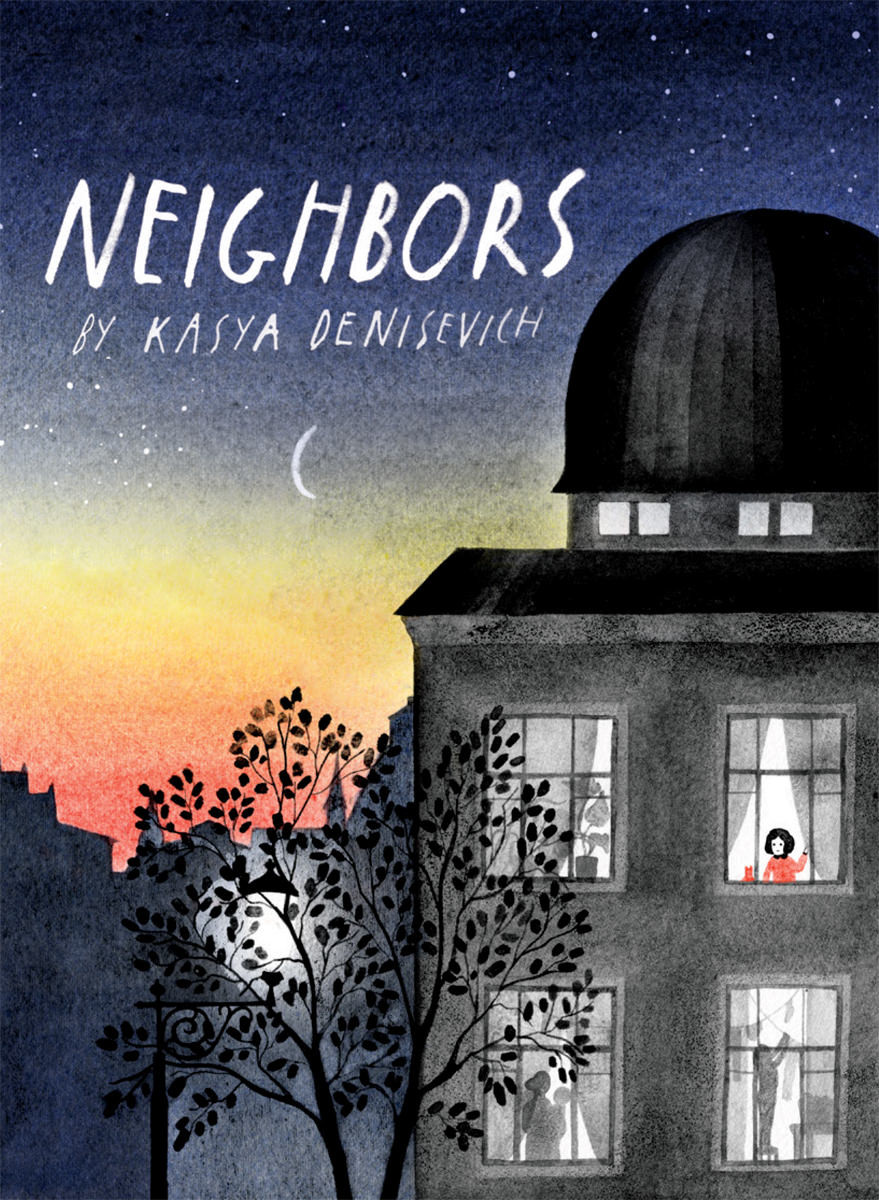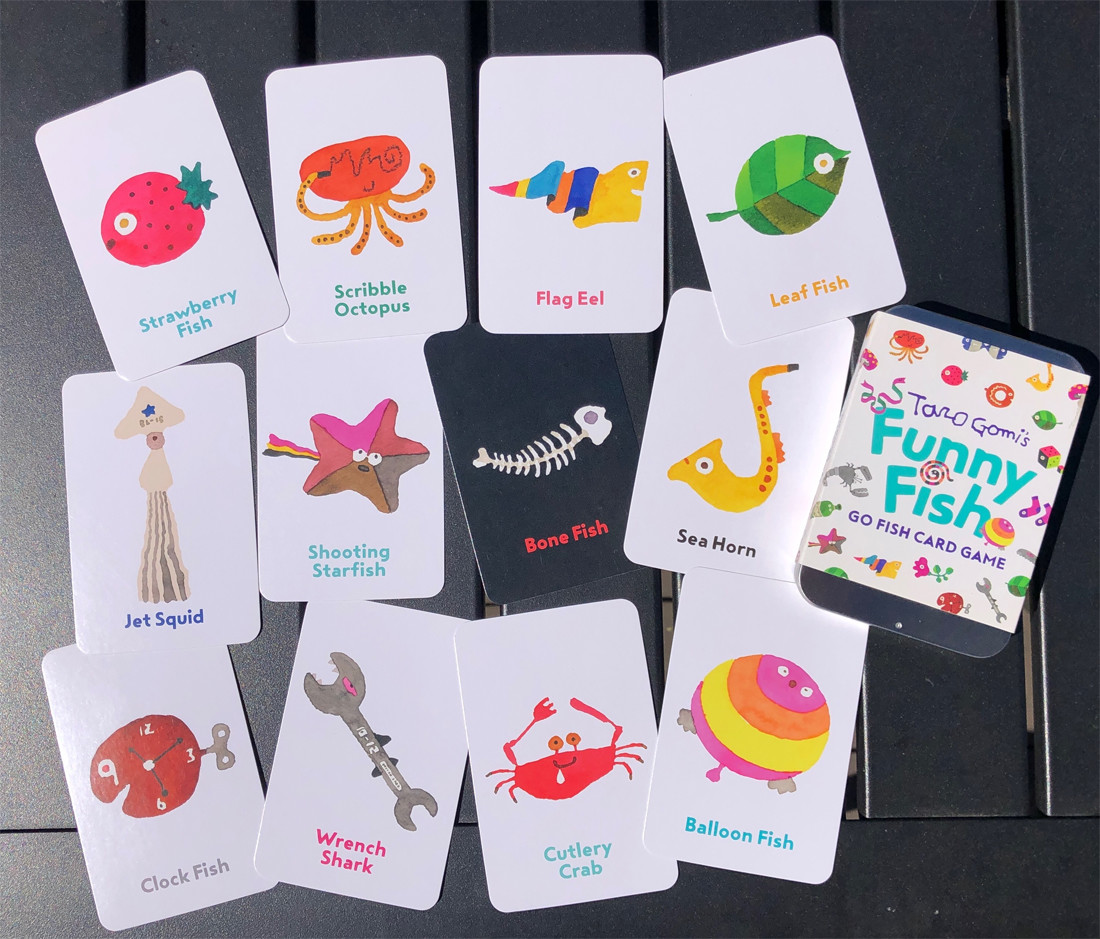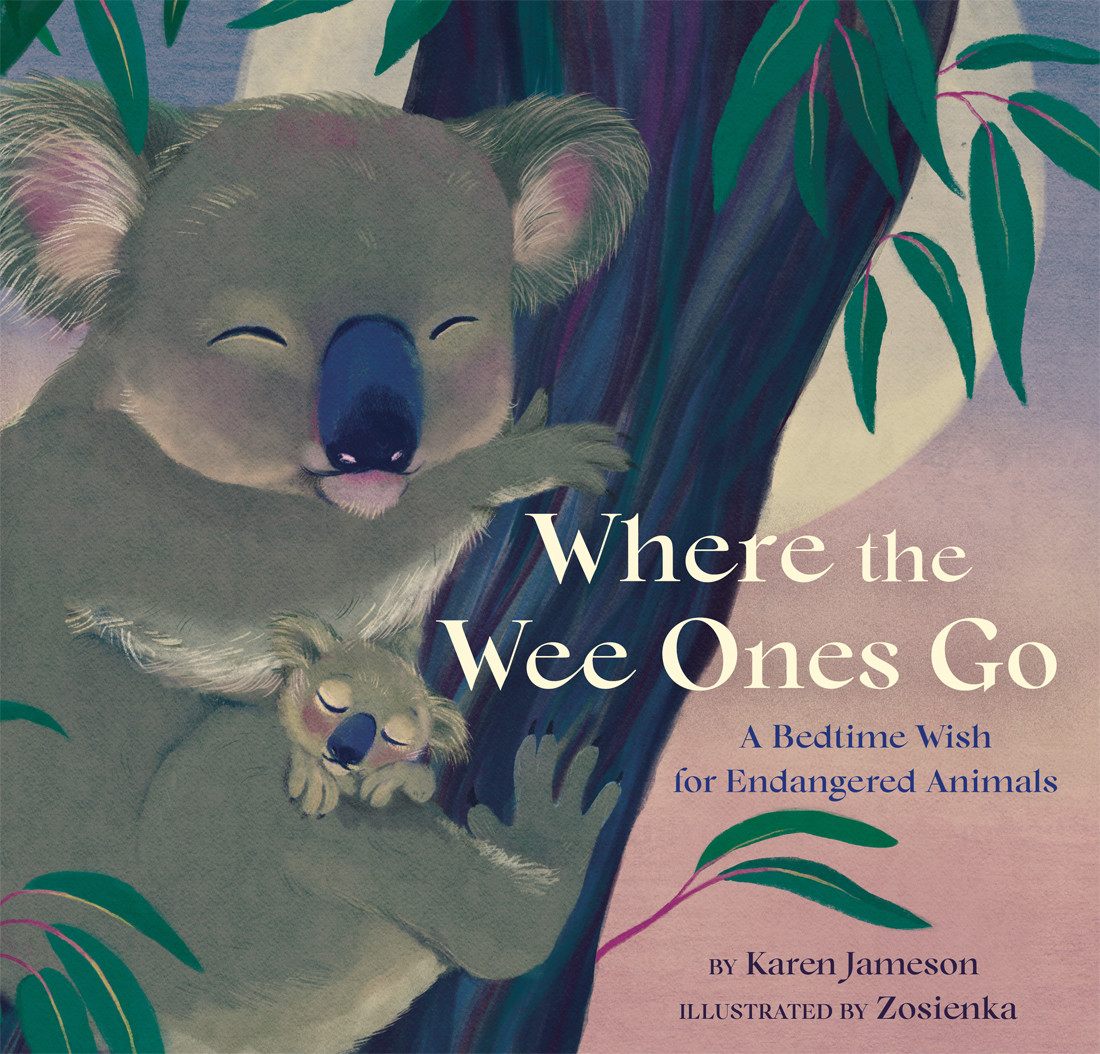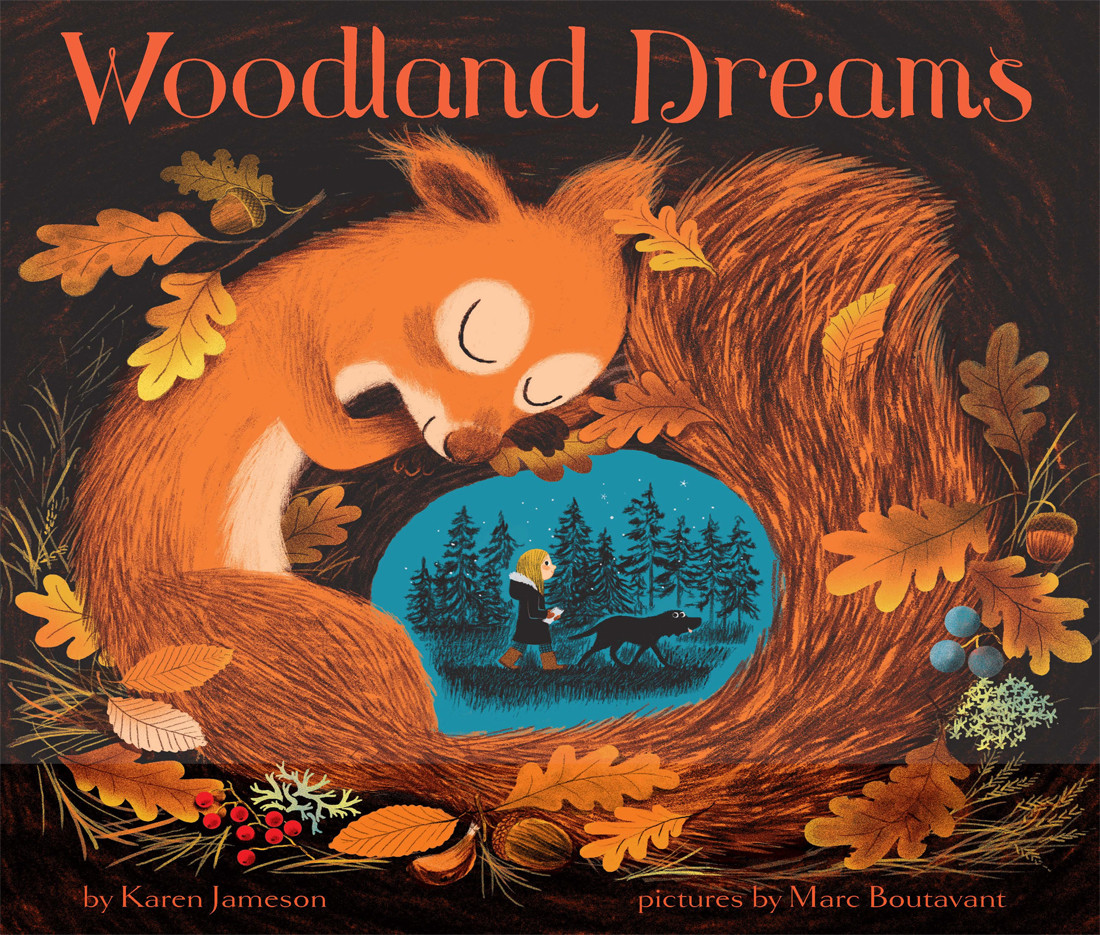
Naomi Kirsten
Senior Editor, Chronicle Books
As a Senior Editor at Chronicle Books, you work across a range of titles from picture books to novelty formats and games. Could you share a few of your favourite recent titles with our audience?
Most recently, I’ve been especially proud of Neighbors by Kasya Denisevich, which won the Bologna Ragazzi Opera Prima Award in 2021. It was an honor to know that the Bologna Book Fair judges recognized how special it is.
I love the book’s themes, which are more crucial than ever: How important it is to connect with others, and how that connection and sense of empathy add vibrance and meaning to our lives. Kasya’s use of color brings the reader straight into that experience. The book starts out with a limited palette—black and white with a pop of red—and gradually gives way to full color by the book’s end. The takeaway is that our lives become more colorful when we are guided by curiosity and the quest for connection.




Two recent books by Shinsuke Yoshitake that I acquired from Japan are favorites as well: The Boring Book, which was a New York Times Best Illustrated Book in 2020 and There Must Be More Than That!, which was a New York Times Notable Book in 2021.



In The Boring Book, being bored is presented as a gateway to creativity and an opportunity to gain an expanded sense of the world. In There Must Be More Than That!, a child’s fears of the unknown are assuaged, not with a flip “Everything will be OK!” but with compelling examples of how perspective and an acceptance of uncertainty can actually be sources of strength during difficult times. I’m incredibly proud of bringing these books to Chronicle—they are both playful and thought-provoking with a striking graphic style, qualities that I’m always striving for in my acquisitions.



Which novelty projects have given you the greatest satisfaction?
Novelty projects are an exciting part of my list because they allow me to partner with illustrators that I admire in different ways using a variety of materials.
After I acquired a reissue of Richard McGuire’s Go Fish Card Game a few years ago, Richard and I collaborated on two more card games, one focused on conservation and ecosystems, Richard McGuire’s Wild Cards, and one inspired by his 2001 New Yorker Valentine’s Day cover, Richard McGuire’s Playing Cards. The art in Richard McGuire’s Playing Cards is incredibly expressive despite the use of a limited palette. There is a narrative relayed in each suit: the “hearts” are about love, the “spades” about work, the “diamonds” about money, and the “clubs” about war. Richard has such a dynamic sense of storytelling, not to mention an impressive illustrative range. His art has a timeless quality, too.


I’ve also recently been working with Japanese author-illustrator Taro Gomi on original novelty projects. I’ve been Taro’s editor at Chronicle for a number of years, most recently re-issuing his picture book classic, Everyone Poops, so it was a goal of mine to develop original non-book projects with him as well. To make that happen, I pitched some ideas to Taro—a Funny Fish Go Fish card game and a set of playing cards. To my delight, he was up for them! Reviewing the original art for his card games has been such a thrill—there is so much nuance and energy in his work, and his sense of humor comes through in every illustration.


Finally, acquiring and developing ancillary products for the Moomin license has been a career highlight. Tove Jansson’s Moomin books are works of art, not to mention literature that I’ve enjoyed as an adult. Bringing that beauty to novelty formats like journals, notebook collections, and notecards was an incredible honor, and gave me an excuse to revisit Jansson’s original works.

What makes Chronicle different from other publishing houses?
At Chronicle, we are committed to creating distinctive, art-driven publishing.
I was presenting at a conference a few years ago, sharing some of my recently-published books and highlighting their production effects, like die-cuts on an unjacketed case and a cloth spine with a foil-stamping. Afterwards, an editor at another publishing house came up to me and said, “We always look to Chronicle Books as inspiration—I wish we could do that!” I hadn’t realized until then how unique it is that we focus on the look and feel of a book as part of the development process. In fact, we often talk about the production components in acquisition meetings—that sensibility is in our company’s DNA. At Chronicle, we want our books to have a tactile quality, which means we pay extra attention to cover effects, like spot UV or gloss, deboss and emboss, or paper graining on a picture book jacket. Those special elements make our books all the more giftable and treasured.
When browsing an artist's portfolio, what typically captures your attention?
It depends on the project since I work on a variety of formats, from original picture books to novelty books, board books, puzzles, and games. Regardless of the project, though, I typically seek out a style that can be best described as eye-catching, soulful, and enduring. I also gravitate toward illustration styles that resonate with readers all over the world. I’m committed to reaching all readers, regardless of geography, so an illustration style often needs to have universal appeal.
Another quality that I look for is flexibility. It’s great to see a signature approach or aesthetic in a portfolio, but knowing that an illustrator is willing to step outside of their comfort zone to meet the needs of a potential project is ideal.
Finally, what typically sets an illustrator apart for me is their visual voice: That often comes through in a strong sense of color and line. If an illustrator is comfortable working in a limited palette, I like to see variations on that sensibility. I tend to gravitate toward illustrators who have a style that appeals to children all while speaking to an adult’s sense of artfulness. Since adults are the ones buying books for kids, they are always part of the equation for me—adults are also the ones who will likely be reading the picture book again (and again) to the youngest of readers, so it’s important to have a kid-friendly style that adults can appreciate, too.
Tell us about a story idea you couldn't wait to pitch to the wider team. What was the reaction/outcome?
One of the first projects that I remember being especially excited to pitch to my team was I Didn’t Do My Homework Because… by Davide Cali and Benjamin Chaud. A year earlier, I had acquired Benjamin’s The Bear’s Song, a buy-in from French publisher Helium that went on to win the Society of Illustrators Gold medal and was a New York Times Notable Book, so Benjamin was very much on my radar. The agent, Debbie Bibo, brought Davide and Benjamin together for this project, so I was able to present a solid, original concept to my publishing group for acquisition, with the author and illustrator already paired up. The art was still in early sketches, but the project was brimming with potential—it was just so funny and smart.
I also appreciated the fact that the project didn’t talk down to readers. Both the text and the art featured a wry yet accessible tone, and one of the most amusing “meta” moments I’d seen in children’s literature. It was edgy and unpredictable, pushing the bounds of what an illustrated book for children could be.
I was encouraged when my publishing group saw the potential that I did. And, even better, I was given the green light to acquire sequels, which I originated and pitched to both Benjamin and Davide before we even had a full year’s sales of the first book. That hardly ever happens! And it was validating when our international subrights team brought the book to the Bologna Book Fair and it quickly became an international bestseller. We now have more than 20 international editions of I Didn’t Do My Homework… and strong support from publishers all over the world for the additional books in the series. And we’re about to publish the sixth book in the series in Spring 2023, A Funny Thing Happened After School….
My takeaway from this experience was that it’s possible to reach readers all over the world with our publishing. And that young readers can process and appreciate irony. Children want their sense of the world to be pushed and expanded—that’s how they grow. One of the ways to achieve that as picture book creators is to experiment with tone—in the narrative and the illustrations—and to present a broad range of emotions and sensibilities. That depth sets a project apart and helps it to last.



When was the last time you were blown-away by an artist's work?
I’ve been blown away so many times recently, but a project that comes to mind is Where the Wee Ones Go by Karen Jameson, illustrated by Zosienka. Karen’s prose is lush, lyrical, and dreamy, and Zosienka brings that same sensibility to the art in the book. Spending time with Zosienka’s work in Wee Ones is like traveling all over the world and connecting with endangered animals, all while keeping a safe and awe-inspired distance. If art can be a lullaby and a transporting force, Zosienka’s illustrations achieve that beautifully.



Could you provide a glimpse into the picture book development process at Chronicle Books?
A picture book begins with the editor’s acquisition. If it’s a project submitted by an author-illustrator, I’ll share both the text and the illustrations—a mix of sketches and full-color pieces and possibly a portfolio link—with my editorial colleagues. If it’s a manuscript from an author, I’ll do the same, but without art since an illustrator is commissioned later.
The editors in our group discuss the project. If there is consensus, I’ll bring the project to the final acquisition stage, which is a meeting comprised of the editors, our marketing and publicity team, production managers, art directors, and managing editorial colleagues. I’ll write a proposal highlighting the project’s selling points and include competitive titles from Chronicle and other publishers. I also consider how Chronicle might best position the project in the market. This presentation is circulated in advance, and then I present these points and more in the meeting itself.
If the project gets the green light, an art director is assigned, and we begin the work of developing the project together. Using the example of Woodland Dreams: I first saw Karen Jameson’s manuscript at an SCBWI conference, and I brought it for acquisition at Chronicle a week or so later. Even at the acquisition stage, I thought that Marc Boutavant would be the perfect illustrator to accompany Karen’s text. Marc and I had previously worked together on novelty projects, and we’d met a few times in Paris.
I made an offer to Marc’s agent—he accepted—and the next step, after we had a final and signed contract, was sharing a sketch dummy of the book that the art director had prepared. That way, Marc could get a sense of where the text might be placed as he worked on the illustrations.
When the sketches come in, the art director and I will meet to review them and then share our notes with the illustrator—in this case, with Marc. Revised sketches are typically submitted a few months later, the art director and I meet again, relay any additional feedback, and then it’s time for the illustrator to go to final art. At that stage, the art director will place the illustrations in galleys, where the art and text coexist for the first time. Then, galleys are routed to the full in-house team for a production review and copyedit. There might be two or three more galley rounds, but the goal is to minimize changes with each round as we approach the end of the production schedule. During the galley stage, we’ll work with the illustrator on cover concepts, with the art director often mocking up a general direction, and the illustrator taking it from there, submitting three to four examples that we then share with our group and others in the company. And it’s always exciting to share galleys featuring the final art with the author—Karen was delighted by what Marc created and we were, too.
It's also worth noting that at the first galley stage, we’ll generate proofs for the illustrator to review so that we can assess how color is printing. That way, any color adjustments are made before we get too far in the production schedule. There a few galley rounds, ideally with fewer or minimal changes with each one until we finally send the design files to the printer.



What's been your single most thrilling career moment?
It would be tough to pick just one, but a particularly thrilling experience was when I was invited to teach a week-long publishing course at Mimaster Illustrazione in Milan, Italy, in the winter of 2018. It was an honor to represent Chronicle and to share my list of picture books and novelty formats with a new generation of illustrators. It was also an opportunity for me to really take stock of how my list has evolved over the years—what I gravitate toward thematically and artistically, and to share that vision. Of course, the hope was to discover new talent while teaching, too.
That teaching experience was also meaningful because it was when I met Kasya Denisevich, who was one of my Mimaster students. She shared her picture book project, Neighbors, with me during the course’s portfolio review, and I immediately knew that I wanted to acquire it. Her illustrations were deeply moving, and she had crafted a text that worked so seamlessly with her visual style. The book was a journey of the self, guiding the reader through a relatable series of questions that grow increasingly meaningful as the book goes on.
I also met the Rome-based author-illustrator Marianna Coppo for the first time during that trip. Marianna shared a full sketch dummy of a new project with me, the entire book illustrated on index card-size paper. The project was about a misunderstood dog living a seemingly perfect life. I loved the questions that her project sparked: How do we know who we really are outside the constructs of societal or familial expectations? And how do we break free of those constraints and individuate? Those themes are important to everyone, so it was exhilarating to see them presented so dynamically in a picture book proposal. I acquired the project within weeks of returning to the Bay Area, and the picture book, Such a Good Boy, was published in 2020. That was actually the beginning of a trilogy. A Brave Cat, the second book, is now out, and we are publishing the third book, Fish and Crab, in Spring 2023. Each book focuses on the journey of self-discovery, all explored through the lens of pets. So, that meeting in Milan initiated an entire trilogy—something neither of us could have predicted at the time!





What would you say are the secret ingredients when it comes to creating an internationally successful children's book?
I love this question! I’m passionate about developing picture books that resonate widely, that transcend borders, and that are embraced by a global readership. I’ve discovered that the best way to do that is to focus on big themes that speak to enduring questions. This means that a picture book should acknowledge what it means to be human. Children, from a very young age, are craving engagement and content on that level: They live in an adult’s world, after all, so they are already getting daily glimpses into that existence. And they are developing their emotional patina, too—figuring out who they are and how they will navigate life.
A great example of a book that captures these “secret ingredients” is Marianna Coppo’s Such a Good Boy. Young readers are introduced to Buzz, a fluffy toy poodle. On the surface, his life couldn’t be more ideal: He lives in a luxurious house, has the best toys and expensive dog food, and even attends a regular appointment to ensure that he looks “perfect.” But Buzz’s life isn’t perfect at all, and it becomes increasingly clear to the reader that Buzz is actually resisting this focus on perfection. It’s limiting rather than enriching when it comes to his personality and how he engages the world. Society tells Buzz that he should be happy based on external considerations (the house, his possessions), but Buzz is developing a keen sense of who he is beyond all of that. Fully self-actualizing means getting in touch with his more wild, less pampered side. To fully be himself, Buzz must go on a journey, and the reader is along for the ride. With every page turn, the reader has the chance to engage in self-reflection, too.
Perhaps most importantly, Marianna treats readers with respect—not talking down to them, not assuming that these bigger themes are too “high concept.” Rather, there is such respect and wisdom relayed through the text and illustrations, which means there is a meaningful takeaway for all ages.
I would say that a picture book should embrace themes that often follow us into adulthood, finding a way to work them into a narrative that resonates with young readers. That way, the book becomes the springboard for re-reads, discussion, and even change.
What are some of the emerging trends in children's books and how are they affecting the kind of stories you are looking to commission?
I’ve never been especially focused on trends, mostly because I’ve built a list informed by ever-present themes related to self-exploration, emotions, individuation, and how that growth serves the greater community and our experience of the world. Courting these themes helps a picture book to find an engaged audience without chasing what’s “in” at the moment. Trends are always changing, after all. And young readers aren’t trend-focused—rather, they are hungry for powerful stories and characters that mirror their experience on an immediate, heart-felt level. I suppose “heart” is the ultimate driver of my list. As long as there is heart in a pitch, picture book proposal, or illustrator’s portfolio, my interest is piqued. That’s the key to so much, really—in art and in life—and, ultimately, why picture books have the power to be transformative.
